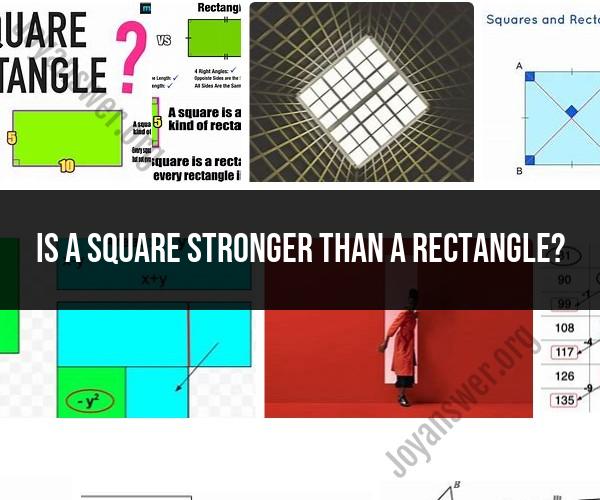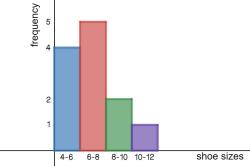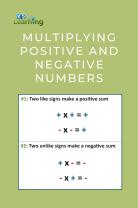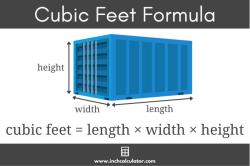Is a square stronger than a rectangle?
Whether a square is stronger than a rectangle or vice versa depends on the context and the specific type of strength you are considering. Here are some considerations:
Torsional Strength: Torsional strength refers to the ability of an object to resist twisting or torsion. In this context, a square is typically stronger than a rectangle of the same area because its sides are of equal length. The uniform distribution of material in a square makes it less prone to twisting.
Bending Strength: Bending strength relates to an object's ability to withstand bending or flexing forces. In this case, it depends on the dimensions and proportions of the square and rectangle. A square and a rectangle with the same perimeter will have different areas. If the material properties are the same, the rectangle will typically have a greater bending strength because it can distribute loads more effectively.
Compression and Tension Strength: Compression and tension strength depend on the cross-sectional area and the material properties. In this regard, a square and a rectangle with equal cross-sectional areas would have the same strength if made from the same material.
Shear Strength: Shear strength relates to the resistance of an object to forces that act parallel to its surface. Again, the square and rectangle's relative strength depends on their dimensions and material properties. In some cases, the square may be stronger, while in others, the rectangle might be stronger.
Weight Distribution: The shape's ability to distribute weight or loads can also affect its perceived strength. For certain applications, a square may distribute loads more evenly, leading to a perception of greater strength.
Structural Design: The strength of a square or rectangle in a structural context depends on how it is used and supported. Engineers and architects consider various factors, including the shape's proportions, support conditions, and the loads it will experience, to determine its strength in a specific application.
In summary, the strength of a square versus a rectangle is not solely determined by their shapes but by various factors, including dimensions, material properties, and the type of strength being considered. Both shapes have their advantages and are used in various applications based on their specific characteristics and how those characteristics align with the requirements of the task or design.
The Strength Debate: Is a Square Stronger Than a Rectangle?
The question of whether a square is stronger than a rectangle is a complex one that depends on a number of factors, including the materials used, the dimensions of the shape, and the type of load being applied.
Geometric Strength: Analyzing the Square vs. Rectangle Argument
From a geometric standpoint, a square is generally stronger than a rectangle of the same dimensions. This is because a square has a more uniform distribution of mass and stiffness. In other words, the force applied to a square is more evenly distributed across the shape, making it less likely to fail.
A rectangle, on the other hand, has a higher moment of inertia in one direction than the other. This means that a force applied to a rectangle is more likely to cause it to bend or buckle.
Shapes and Support: The Physics Behind Square and Real-World Examples
In the real world, the strength of a square or rectangle depends on a number of factors, including the materials used and the type of load being applied. For example, a steel rectangle will be stronger than a wooden square of the same dimensions.
Additionally, the way that a square or rectangle is supported can affect its strength. For example, a square supported on all four sides will be stronger than a rectangle supported on two sides only.
Conclusion
Overall, a square is generally stronger than a rectangle of the same dimensions. However, the strength of a square or rectangle depends on a number of factors, including the materials used, the dimensions of the shape, the type of load being applied, and the way that the shape is supported.
Here are some real-world examples of how the strength of squares and rectangles is considered in engineering:
- Columns: Square columns are often used in construction because they are stronger than rectangular columns of the same dimensions. This is why many buildings have square columns on the outside.
- Beams: Rectangular beams are often used in construction because they are more efficient at supporting loads than square beams. This is because the rectangular beam has a higher moment of inertia in the direction of the load.
- Bridges: Bridge girders are often rectangular because they are more efficient at supporting loads than square girders. Additionally, the rectangular shape of the girder makes it easier to attach the bridge deck.
It is important to note that the strength of a square or rectangle is just one factor that engineers consider when designing structures. Other factors, such as weight, cost, and aesthetics, must also be considered.












